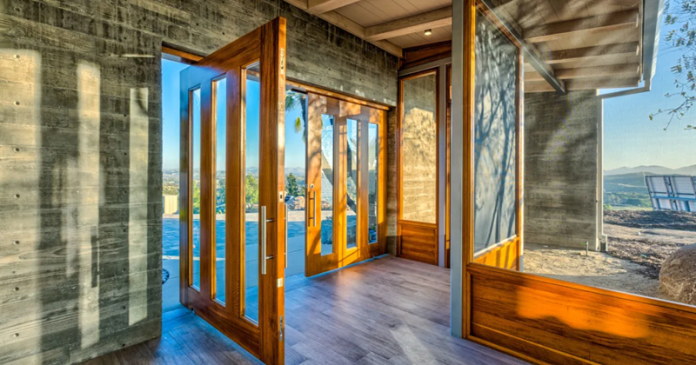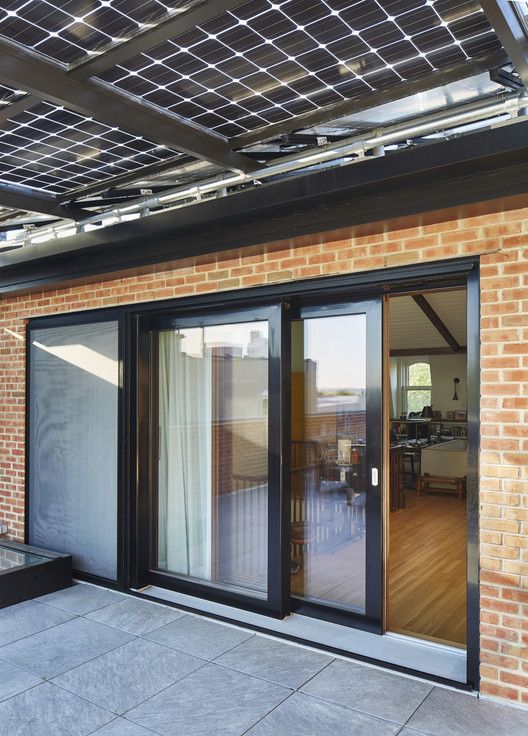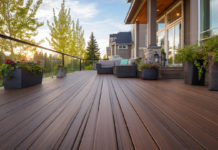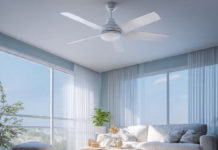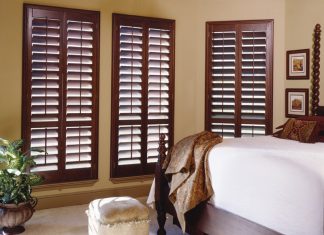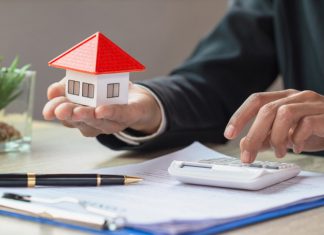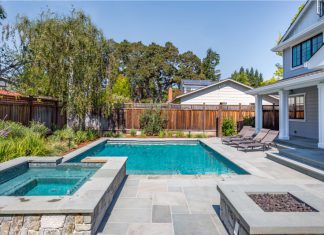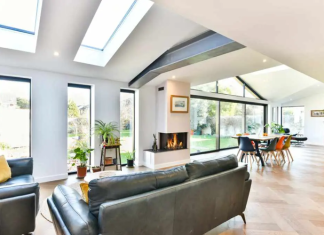In recent years, the concept of energy-efficient housing has gained significant traction, with many homeowners looking to reduce their energy consumption and environmental impact. One crucial component of this movement is the passive house design, which includes highly effective doors engineered to minimize energy loss while maximizing comfort. What is a Passive House Door? And why is it essential in the realm of sustainable living?
The Basics of Passive House Design
To fully understand passive house doors, it’s helpful to start with a broad overview of passive house design itself. Passive house is a rigorous standard for energy efficiency that aims to drastically reduce a building’s ecological footprint. It involves a comprehensive approach to insulation, air sealing, and the use of high-quality windows and doors. The ultimate goal is to create a comfortable indoor environment that requires minimal energy for heating and cooling.
Characteristics of Passive House Doors
Passive house doors are not your average doors. They come with specific characteristics that distinguish them from conventional doors. Here are some key features:
- High Insulation Values:Passive house doors typically have a U-value of 0.8 W/m²K or lower, which helps keep the inside temperature stable.
- Air Tightness:A well-designed passive house door prevents air leakage, maintaining the pressure balance in the home.
- Quality Materials:Made from durable materials, these doors are often double or triple-glazed, further enhancing insulation.
- Design Flexibility:They come in various styles and colors, allowing homeowners to maintain aesthetic preferences while ensuring functionality.
Importance of Energy Efficiency
Energy efficiency is not just a trend; it’s a necessity in today’s world. With rising energy costs and increasing awareness of climate change, passive house designs, including doors, offer a sustainable solution that provides both economic and environmental benefits. With better insulation and less energy wastage, passive house doors contribute to significant reductions in energy bills, ultimately leading to savings for homeowners.
The Role in Climate Resilience
Passive house doors are more than just energy-efficient. They enhance the resilience of the home against unpredictable weather patterns. By maintaining regulated indoor temperatures, they help mitigate the effects of extreme weather, ensuring a comfortable environment no matter the season. This is increasingly vital in the face of climate challenges.
Choosing the Right Passive House Door
Selecting the right passive house door involves more than just aesthetic choices. Here are some factors to consider:
- U-Value:Look for doors with low U-values for maximum insulation.
- Material:Consider the durability and maintenance of materials used, such as wood, fiberglass, or composite materials.
- Local Climate:Choose designs suitable for the local weather conditions to ensure optimal performance.
- Certification:Look for doors certified by passive house standards to ensure they meet required specifications.
Passive house doors play a pivotal role in creating energy-efficient homes that prioritize sustainability and comfort. By understanding their unique features and the benefits they offer, homeowners can make informed choices that contribute to a greener future. As we continue to navigate challenges related to energy consumption and climate change, investing in passive house components, including doors, is more important than ever. This commitment not only enhances indoor living conditions but also fosters a more sustainable and resilient planet for generations to come.
